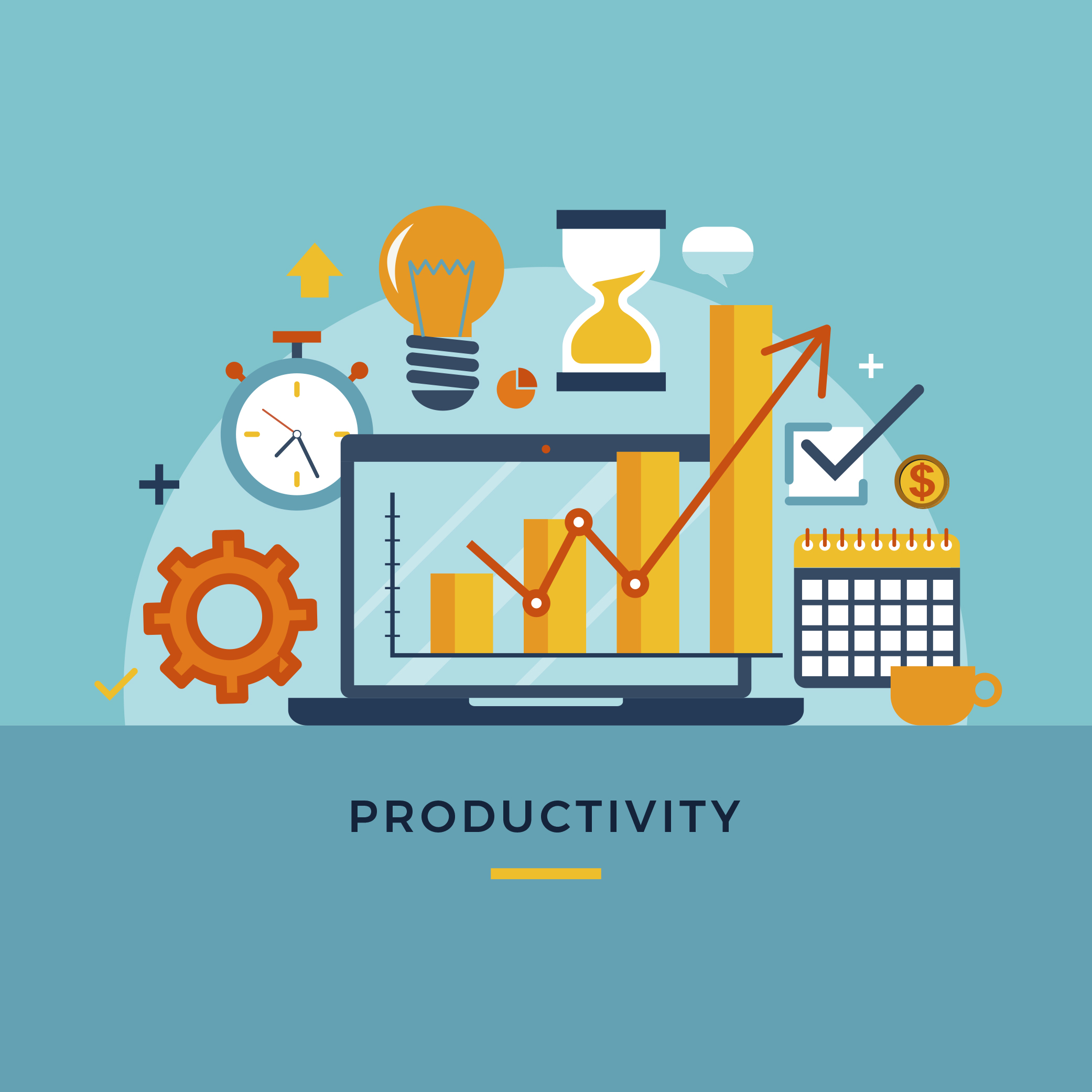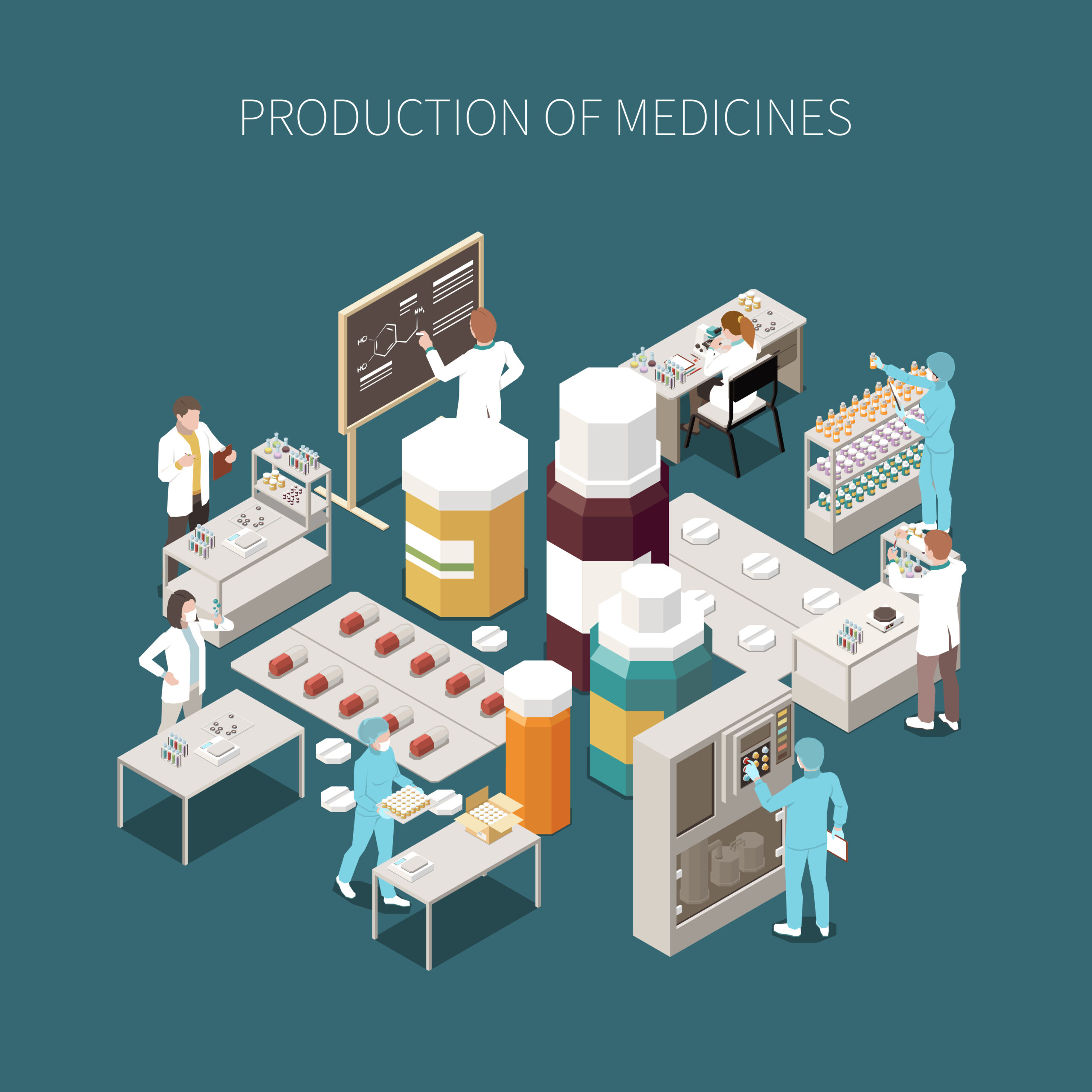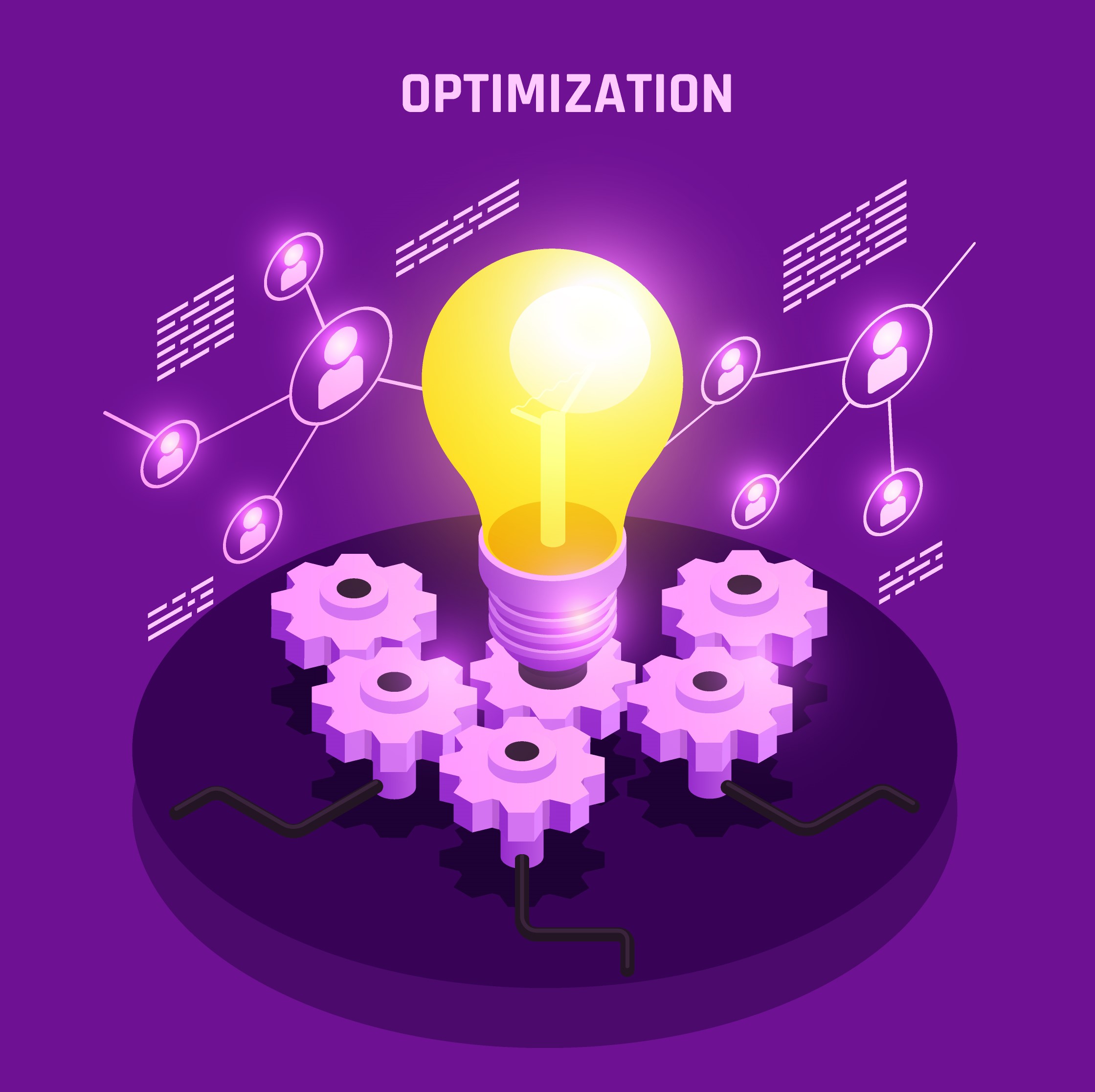In the previous post, we highlighted the importance of accuracy and the benefits of having the Unit Costs of products from a factory, and we made the following statements:
– The final unit cost of transformation of a given product is nothing more than the sum of the costs of each transformation stage (rooms).
And what is the importance of knowing the Unit cost in each phase of the transformation?
Because we can understand and analyze the costs of each step of the process, identifying areas where costs need improvement and study the implementation of specific changes in these areas, optimizing the unit cost and competitiveness of a given product.
The final “Unit Cost” of a product may be affected by a specific stage of the process that, once identified and isolated, can make use of resources and work to introduce improvements or investments necessary to obtain a final product with more competitive cost.
It is worth remembering that the Unit Cost of Transformation has as its basic pillar the absorption of DIRECT LABOR costs, the absorption of MACHINE HOUR COSTS of each production room through which the product passes and, finally, the absorption of a portion fixed costs that are apportioned according to an apportionment criterion defined by the company.
By structuring the cost centers by room or production stage, we have the possibility to analyze the efficiency and productivity of each stage of the production process and introduce important changes, such as, for example:
We have identified that a certain machine with outdated and slow technology makes the costs of the step disproportionately high for the market need, so we can make an investment in a more modern and better performing machine, taking all the products that pass through this machine have their labor and machine absorption times reduced and thus, at an optimized unit cost.
On the other hand, these same products will pay the depreciation of the investment of that machine and, therefore, the analysis must consider all the factors that, in a change, impact its transformation costs.
Of course, the decision to buy this same machine could be based on the need to balance the factory, to solve a capacity problem, for example, which could be bringing other undesired consequences such as overtime costs, but it is essential to know all the factors that impact the cost of products and consequently the impact on the company's profitability.
We can see from the examples above how the reasoning is valid for any area of the manufacturing process, whether it is an initial handling of raw materials or final packaging.
It is very important to keep in mind that the unit cost of a product must be a key factor in the decision-making process of our investments.
Another point that we often observe in companies is related to the difficulty of measuring the subsequent impacts of the improvement projects we develop. There have been enormous difficulties in effectively knowing the return of these initiatives and their impact on product costs. Below is a very common example:
The quest for improvement of the O.E.E. in packaging machine.
Let's imagine that we improved the rate from 50% to 55%.
Who would know how to calculate the real gain for the company without reviewing or knowing the impact on the unit cost of the products?
Has this improvement reduced the cost that the products absorb from labor or machine hours?
If you reduce absorption in hours, where will the previously allocated fixed costs based on previously absorbed hours be reallocated to?
The answers to these questions necessarily involve understanding the unit costs of each product and their origins, distribution, balancing and planning. A factory works as an organism and the analysis of its resource management has to be done with a systemic view or we will not be successful in our improvement actions and we will obtain short-sighted results that neglect other undesirable impacts, which in the end generate an expectation of profitability which is not confirmed in practice!
WHEN WE CHANGE SOMETHING IN THE PRODUCTION SYSTEM, THE FINANCIAL IMPLICATIONS AND IMPACTS DEPEND ON A “SYSTEMIC VIEW OF THE OPERATION”.
PGI Farma has tools and know-how to implement unit costs in several large companies and offers implementation services to companies that want to improve costs and optimize their stages of the production process.
Contact us for a technical conversation and assessment of your needs and opportunities.
By Izidoro Vignola and Roberto Darienzo

Una de las mayores presiones sobre el personal de Planificación (PCP) y Cadena d...
→ Leia mais...
Todo proyecto comienza y se basa en un documento muy importante que llamamos "Re...
→ Leia mais...
Para hablar de planes de gestión, absorción o producción de recursos, recordem
→ Leia mais...